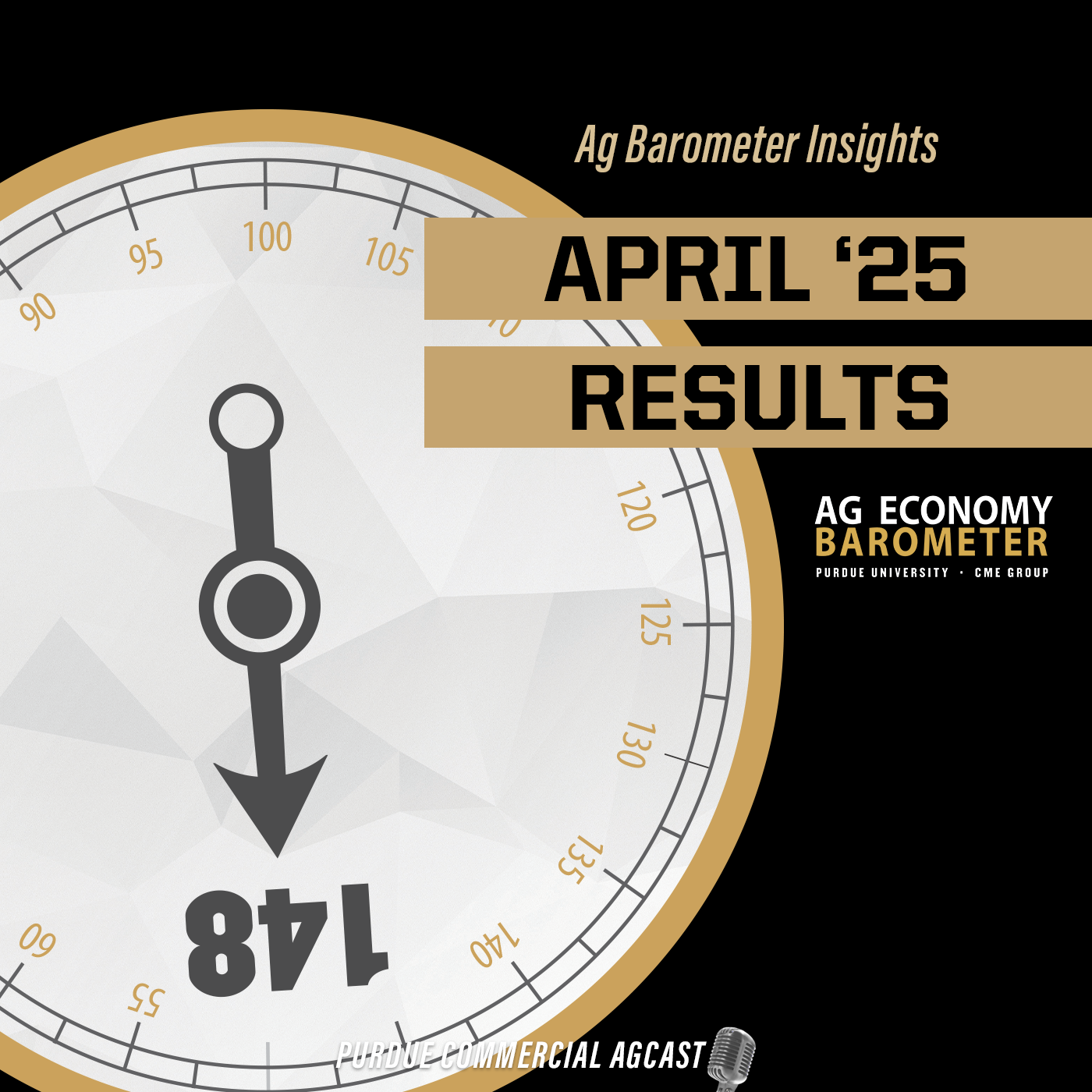Registration Received
Thank you for registering for the Center for Commercial Agriculture's upcoming webinar. You'll receive an email from the Center for Commercial Agriculture confirming your registration, which will also include information regarding the webinar.
If you have any questions, please don't hesitate to contact us.
(765) 494-7004 | comagctr@purdue.edu





